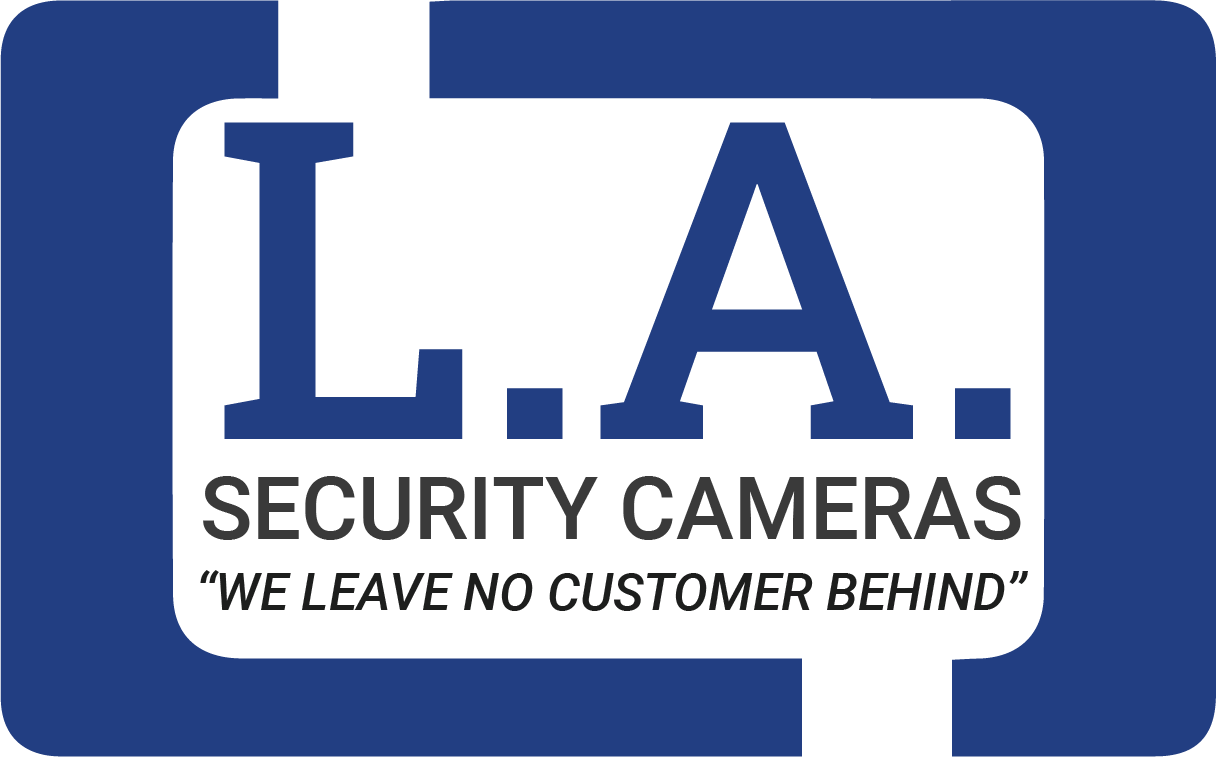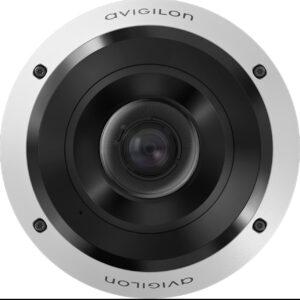Coaxial cable can have disadvantages when used for security cameras, particularly when compared to newer cable types such as UTP (Unshielded Twisted Pair) or fiber optic cable.
Some of the main disadvantages of coaxial cable for security cameras include:
- Limited transmission distance: Coaxial cable is limited in terms of the maximum length it can transmit data before signal degradation occurs. This can be problematic for security camera installations that require long cable runs, as it can result in reduced image quality or even signal loss.
- Interference: Coaxial cable can be susceptible to interference from other electronic devices or sources of electromagnetic interference, which can affect the image quality and overall performance of the security camera system.
- Limited bandwidth: While coaxial cable provides high bandwidth compared to some other cable types, it is still limited in terms of the amount of data that can be transmitted at once. This can be a limitation for high-resolution or high-frame-rate security cameras that require a large amount of data to be transmitted.
- Installation and maintenance: Coaxial cable can be more difficult and time-consuming to install and maintain than other cable types, particularly when the cable runs need to be routed through walls, ceilings, or other difficult-to-access areas.
Overall, while the coaxial cable is a reliable and widely used cable type for security cameras. There may be better choices for some installations. It is important to consider the specific needs of your security camera system. And choose the appropriate cable type to make sure it’s the best performance and reliability.
Coaxial cable, or coax, was first developed in the 1920s and 1930s for use in radio communication and broadcasting. It consists of a center conductor, surrounded by a dielectric insulator, and then an outer conductor, usually a braided copper shield, covered by an insulating jacket.
With the development of digital communication technologies, coaxial cable became the standard for cable television and high-speed internet connections, capable of transmitting high-speed data over long distances with minimal signal degradation.
Coaxial cable has continued to evolve over the years. With improvements in the design of the center conductor, dielectric insulator, and outer shield helping to improve signal quality and reduce interference. In recent years, coaxial cable has faced competition from newer cable types such as fiber optic and twisted pair. However, coaxial cable continues to be a reliable.
Numerical Coaxial cable, or coax, has some limitations that can affect its performance in certain applications. Some of the main limitations of coaxial cable include:
- Distance limitations: Coaxial cable can only transmit signals up to a certain distance before signal degradation occurs. The maximum length depends on the type and quality of the cable. As well as the frequency and bandwidth of the transmitted signal.
- Signal attenuation: As signals travel along the length of the cable. They can become weaker or attenuated, resulting in a loss of signal strength. This can be particularly problematic for signals. Such as those used in high-speed data transmission.
- Interference: Coaxial cable can be susceptible to interference from other electronic devices or sources of electromagnetic interference. Such as nearby power lines or radio signals.
- Limited bandwidth: While coaxial cable provides high bandwidth compared to some other cable types. This can be a limitation for applications that require very high-speed data transmission. Such as certain types of video gaming.
Coaxial cable is a reliable and widely used cable type. But it may only be for some applications. It is important to consider the specific needs of your application and choose the appropriate cable type to make sure. It’s best for you and make sure that you’re doing well.
Security camera setting up Numerical Coaxial Cable (COAX) Security Cameras. Los Angeles. California, CA expert in providing CCTV remote monitoring, inexpensive security camera systems in Los Angeles. California, CA, and CCTV Camera Install.
Call Us Now for a FREE Estimate
(213) 761-7900

